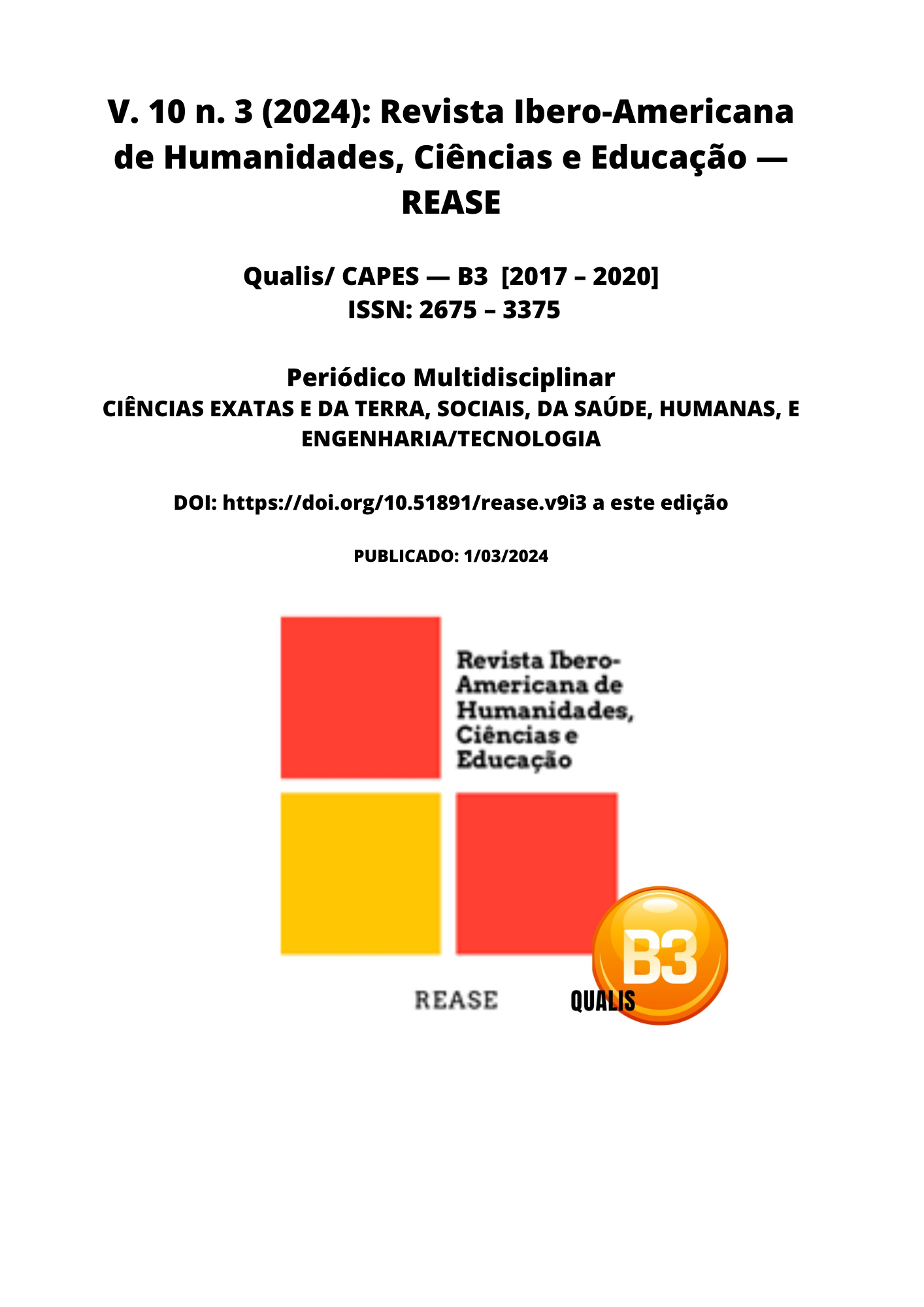MODIFYING DYSFUNCTIONAL BEHAVIORS IN CHILDREN AND ADOLESCENTS: THE USE OF THE TOKEN SAVING SYSTEM
DOI:
https://doi.org/10.51891/rease.v10i3.13107Keywords:
Behavior Modification. Children and Adolescents. Token Economy System.Abstract
This academic work seeks to discuss the modification of dysfunctional behavior of children and adolescents, using the Token Economy System, aiming to verify differences in the effects of a Token System on the behavior of the aforementioned groups. To this end, the experimental research method was used, with the participation of a child and an adolescent, with the Dependent Variables (DVs) being the behaviors of “making the bed”, “brushing teeth”, “taking a shower”, “studying ” and “wash hands before meals” and as Independent Variable (VI) the Token Economy System. The experiment took place in 3 phases (A, B and C), where in Phase A the DVs were monitored to verify the number of times each one occurred. In Phase B, there was positive reinforcement through the VI (Token Economy System) of the VDs “make the bed”, “brush teeth”, “take a shower” and “study”, verifying the average increase in the occurrence of the same by 366.67% for children and 174.07% for adolescents, when compared to Phase A, and the non-reduction in the incidence of the DV “wash your hands before meals”, where the latter was not reinforced. In Phase C (fading out), positive reinforcement was removed in the “making the bed” and “brushing teeth” VDs, verifying that there was no reduction in the incidence of occurrence in the reinforced and non-reinforced VDs, compared to Phase B. Phase C, compared to Phase B, demonstrated a small percentage increase in the average incidence of DVs in children (5.36%) and adolescents (6.76%), demonstrating consolidation of behavioral change. For the next experiments, it is suggested that there be an increase and diversity of participants.
Downloads
Downloads
Published
How to Cite
Issue
Section
Categories
License
Atribuição CC BY

